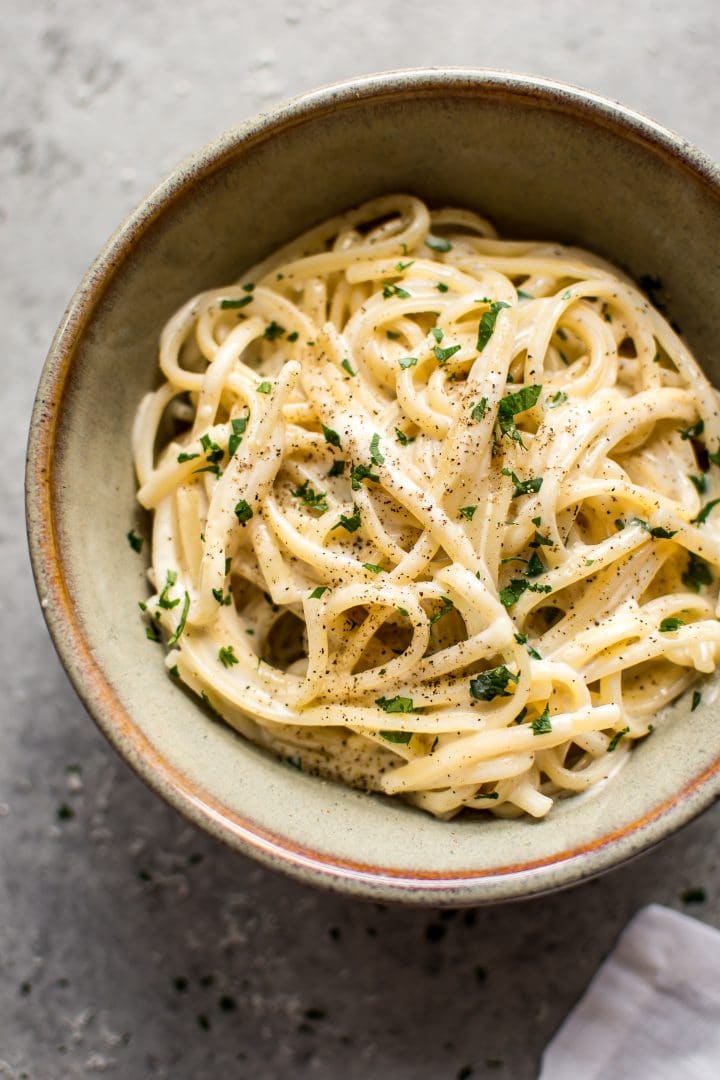
The name was inspired by Nino Martoglio, a Sicilian poet and writer who compared it to Bellini’s masterpiece “Norma” upon tasting the sumptuous dish for the first time.Īs with most Italian pasta greats, there are very few ingredients however, what makes every Italian pasta dish so tasty is the quality of the product and the marriage with the right variety of pasta resulting in taste bud-tingling flavors. Pasta Alla Norma is a typical dish from the Sicilian city of Catania incorporating traditional Mediterranean produce, namely eggplant/aubergine. The Best Classic Italian Pasta Dishes!! 1.

So, let’s look at some of the most popular pasta dishes and how they were developed. One is not better than the other, although locals loyal to their regional variety might disagree, it just depends on the sauces you are going to use or the textures you would like to experience. Eggs are added to the mixture to create a more malleable, bread-like dough that suits more delicate sauces. It is then left to dry at low temperatures over a few days until all the moisture has evaporated.įresh pasta, which was traditionally more common in the north and central regions, can be made with different flour types, although the most common is the “00” high gluten flour. Most dry pasta comes from the south of Italy and does not usually contain egg, which would perish quite quickly in such a hot climate its essential ingredients are ground semolina flour and water, mixed into a paste and pushed through molds of different shapes. So what is the difference between dry pasta “pasta secca” and fresh pasta “pasta all’uovo”? Well, the ingredients for a start. Join Cellar Tours on a Gourmet Food & Wine Tour of Italy and taste some of these delicious pastas…… During the 1500s, this town was considered the home of durum wheat pasta, and in the 1750s, the city’s administration reorganized the urban layout to benefit the drying of maccheroni! One of the most popular dry pasta is from Gragnano near Naples. On the other hand, fresh pasta has been linked to Greece and was probably similarly imported into Italy. There are references to pasta in Muslim texts as far back as 1,000ad. It would seem the dry variety of pasta as we know it today originated in the Middle East and was imported into Sicily during the Arab invasions.

It would seem that the widely held belief that Marco Polo brought pasta back to Italy from China is more myth than fact as there was a mention of pasta in a document in 1250 forty-five years before Polo returned from his adventures. Just the thought of pasta makes the mouth water! There are so many sizes, varieties, and sauces that it is challenging to choose only 10.


 0 kommentar(er)
0 kommentar(er)
